Lethal Means Safety & Suicide Prevention
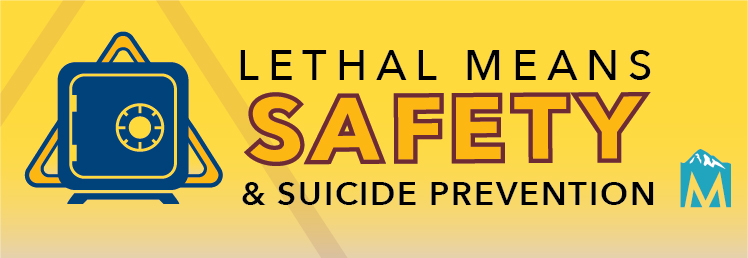
Firearms & Lethal Means Safety
During high-risk periods, temporary off-site storage may be the safest option. Note: There is significant state variability in laws regulating firearm transfers. For more info, please read (ref: http://jamanetwork.com/journals/jamainternalmedicine/article-abstract/2582990).
- Friend or relative (provided they aren’t prohibited from possessing firearms)
- Storage facility (Ammunition must be stored separately)
- Police departments (Some police departments will store temporarily at no charge)
- Pawn shops (Pawning the guns for a very small loan amount is reliable storage option; interest fees of ~15-20% monthly)
- Gun stores or gun clubs (Some may offer free or inexpensive storage options for people they know)
On-site storing options include
- Any step(s) that increase the time and distance between a suicidal impulse and a gun will reduce suicide risk.
- A locked gun poses a lower suicide risk than an unlocked gun, no matter who holds the key
- An unloaded gun (ammunition stored separately) poses a lower suicide risk than a loaded gun.
- Store guns unloaded
- Store ammunition out of home
- Store guns and ammunition separately
- Lock the gun
- Store gun in safe
- Disassemble the gun
On-Site Storage - Strategies to increase safety
- Give the lock key to someone else
- Asking someone to change safe combination
- Temporarily disassemble gun and store components (e.g., firing pin) with someone else
Types of firearm storage devices
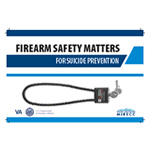 VA Firearm Safety Lock Brochure
VA Firearm Safety Lock Brochure- Download the VA Firearm Safety Lock Brochure
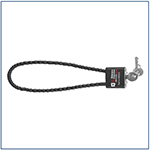 Cable Lock
Cable Lock- Cable wraps through chamber, opened with key or combination.
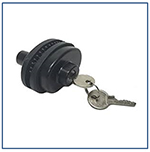 Trigger Lock
Trigger Lock- Cover trigger to prevent access, opened with key or combination.
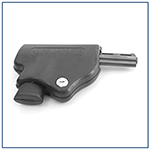 Lifejacket
Lifejacket- Wraps around trigger covering more of the firearm, opened with key.
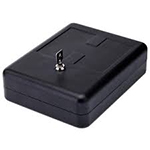 Lockbox
Lockbox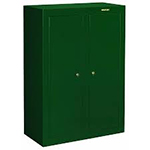 Firearm safe/cabinet
Firearm safe/cabinet
Medication & Lethal Means Safety
LMS for Essential medications
- Blister packets for home medications
LMS for Unneeded or excess medications
- Medication disposal kits
- Medication disposal bins in VHA facilities
Safe prescribing practices
- Limit supply to shortest necessary
Hot Spots & Lethal Means Safety
Definition: a specific, usually public site which is frequently used as a location for suicide and which provides either means or opportunity for suicide.
Examples include:
- Bridges & buildings
- Inpatient units
Summary of available measures for suicide prevention at hot spots
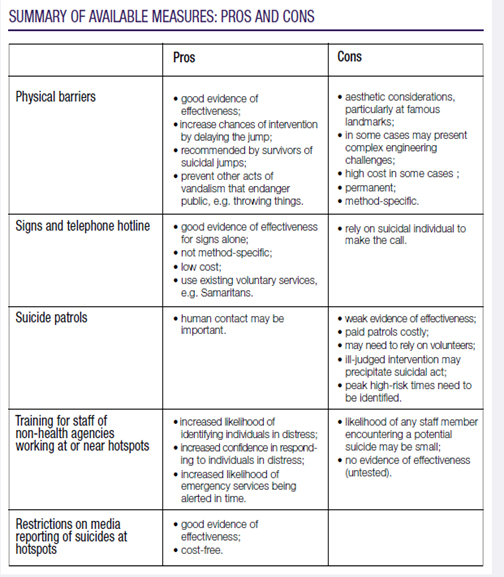
Suicide prevention in inpatient settings
Inpatient psychiatric and medical settings are high-risk settings for suicidal behavior. Prior work by the VHA identified characteristics of such settings amenable to modification (e.g., availability of sharp objects) to reduce suicide risk among hospitalized patients leading to the development of the Mental Health Environment of Care Checklist (MHEOCC).
Implementation of the MHEOCC across VA inpatient facilities led to a sustained decline in inpatient suicides among Veterans (2.72 suicides per million bed-days of care pre-MHEOCC; 0.69 per million bed-days post_MHEOCC). Similar measures and checklists have been developed across various medical systems and the MHEOCC has been implemented in non-VHA settings. Download the Mental Health Environment of Care Checklist (MHEOCC).



















